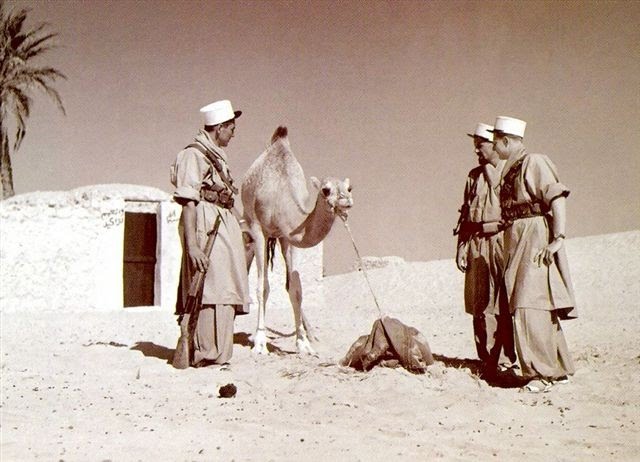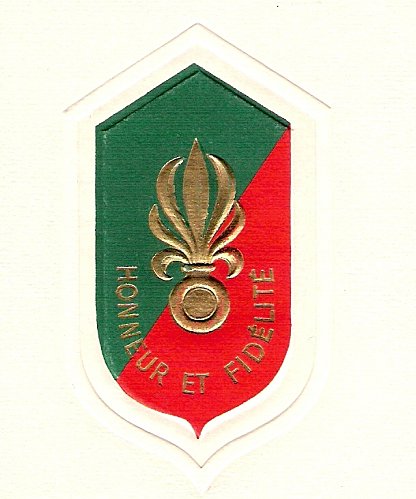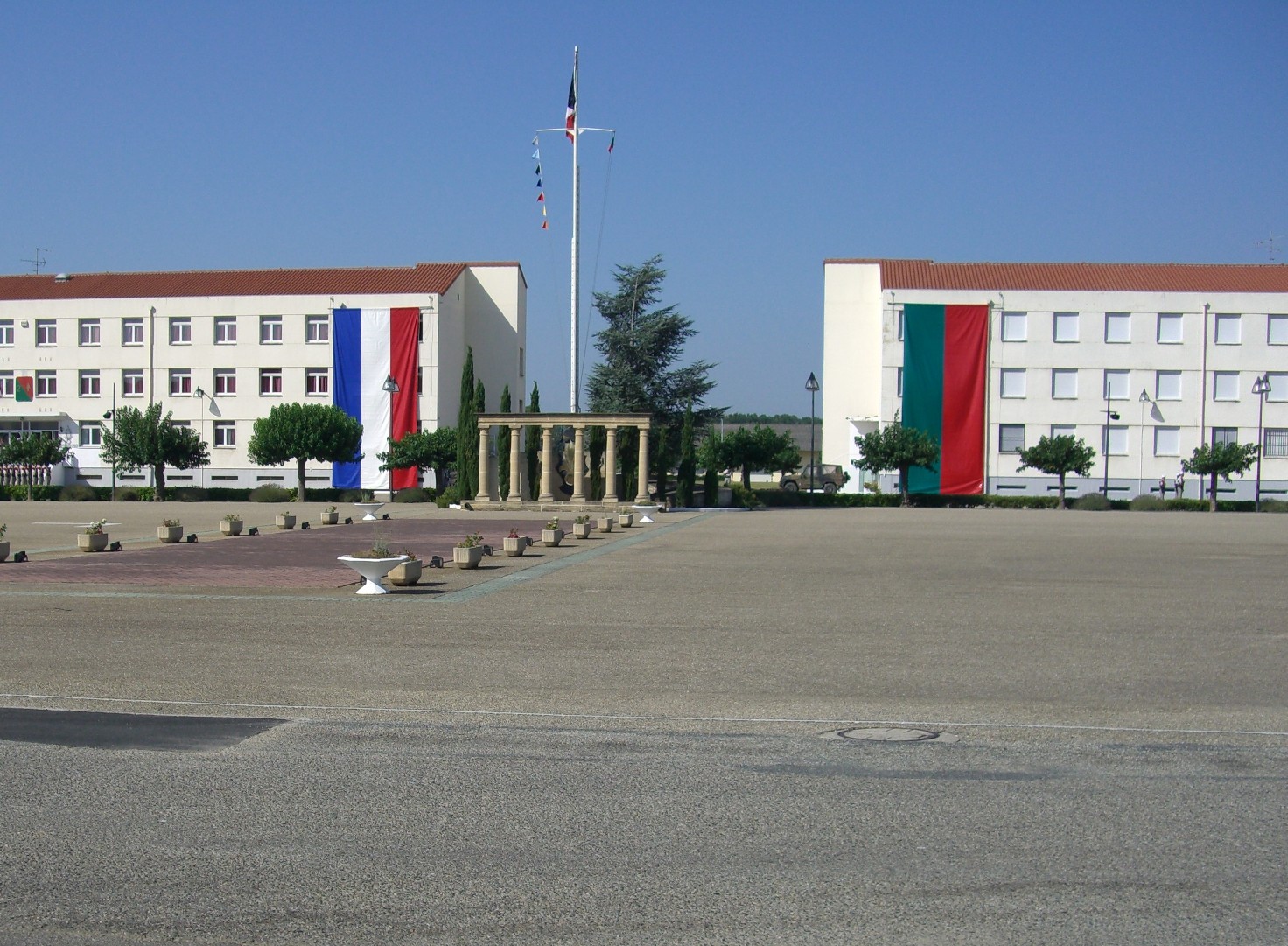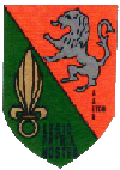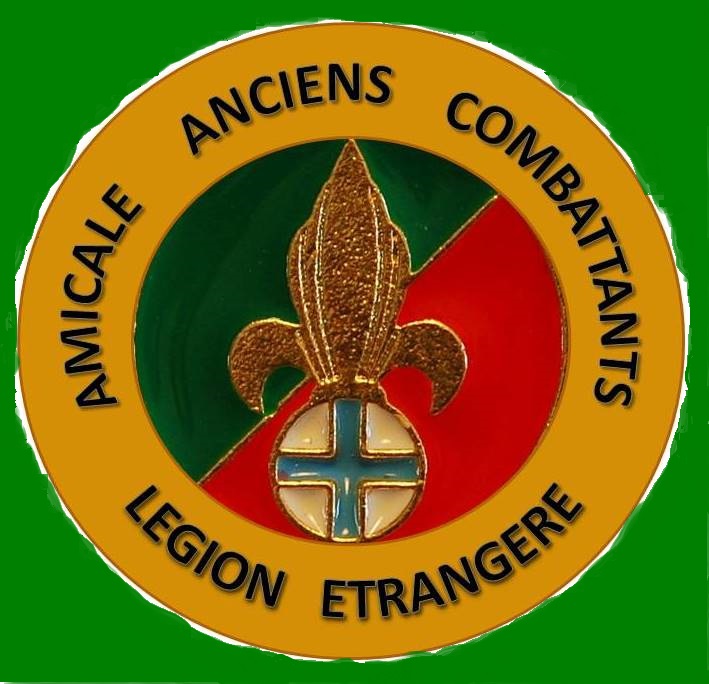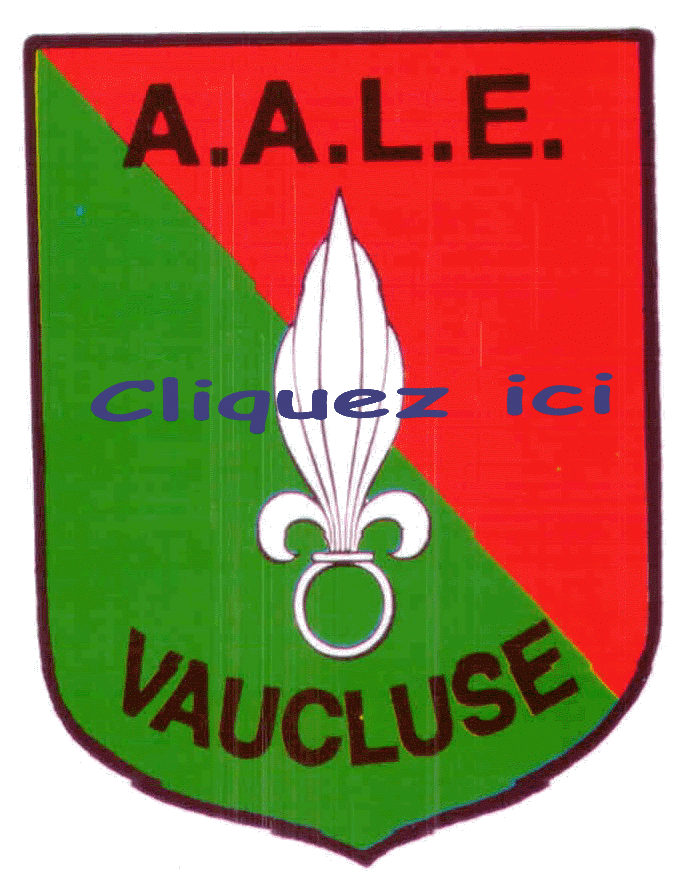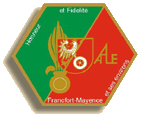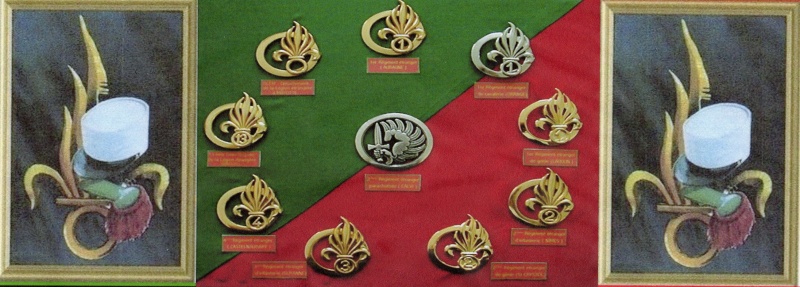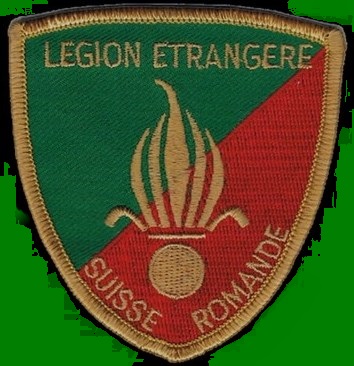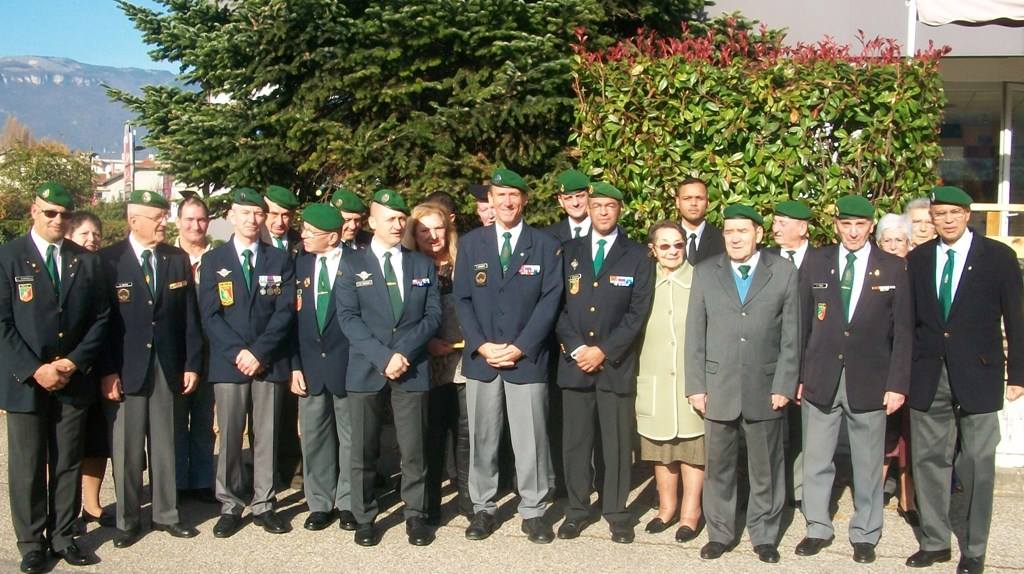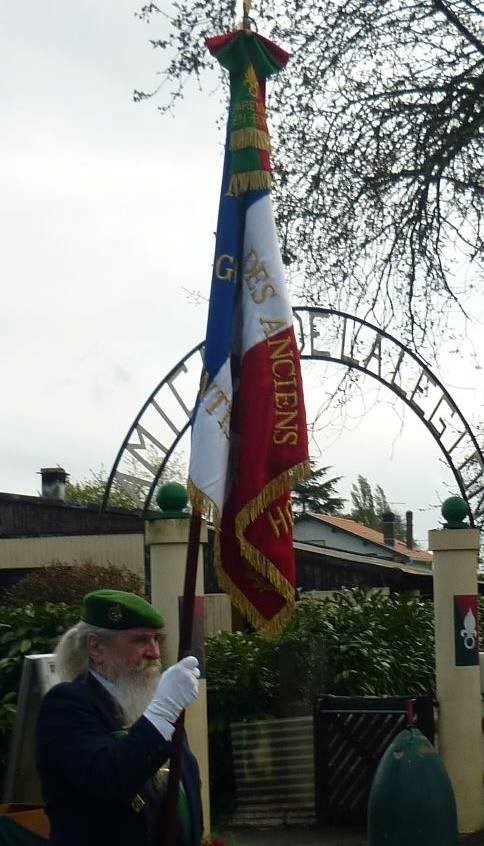- Tuesday, August 4, 2015

FIRST TO FLY: THE STORY OF THE LAFAYETTE ESCADRILLE, WORLD WAR 1 AND THE AMERICANS WHO FLEW FOR FRANCE
By Charles Bracelen Flood
Atlantic Monthly Press, $25, 266 pages
With only 16 pages of introductory material, Charles Flood gets quickly to the heart of his story. He writes, “Kitty Hawk was the birth of aviation, and World War One can be called its violent adolescence. The Americans of the Lafayette Escadrille flew in France in French planes and wore French uniforms, but their exploits marked the first time American pilots flew together as a unit in aerial warfare.” This book of 30 short chapters is focused on the 38 Americans who were organized into an “All American” squadron led by a French officer, Capt. Georges Thenault, and included two French lieutenants.
Charles Flood, author of 14 books, novels and nonfiction, most of them about America’s Civil War and War of Independence was in his mid-80s when he wrote “First to Fly” and died just after completing the manuscript.
In a brief commentary preceding Chapter One, he lists the prominent characters in his story, including Edmond Genet (the youngest Escadrille pilot) Raoul Lufbery (Escadrille’s leading ace), Baron Manfred Von Richthofen (the war’s leading ace with 80 planes shot down) and Myron Herrick (American ambassador to France).
There is also a chronology (1914-1918) with important Lafayette Escadrille-related dates along with a map of the Western Front with pertinent airfields noted.
Chapter One opens as World War I begins in August 1914 and many American college boys are on summer vacation in Europe. A large group of them visit the 60-year-old American ambassador in Paris, wanting to know what they can do to help the French as the Germans attack through Belgium. Mr. Flood quotes the response of Ambassador Herrick, who notes that President Woodrow Wilson had adopted an official position of neutrality, which meant they could not legally join the French army. Then the ambassador brought his fist down on the table and said, “That is the law, boys; but if I was young and in your shoes, by God I know mighty well what I would do!”
According to what the ambassador recorded years later, “they sent up a shout, gripped me by the hand and all proceeded straight to the Rue de Grenelle and took service in the Foreign Legion.” Later, a number of them were selected for pilot training. In all, 269 American pilots flew with various French squadrons before the United States entered the war. They were listed as being in the Lafayette Flying Corps; the Lafayette Escadrille was not established until February 1916.
Unlike many — maybe most — World War I accounts about the air war over the Western front, “First to Fly” is not centered on the aircraft but rather on the personnel: men, women, soldiers in the trenches, in hospitals, in Paris on leave. Little attention is paid to airfield construction, aircraft maintenance and repair and armaments. However, Chapters Six and Seven describe two aero missions over no man’s land in grisly detail, but the author, with his special gift of pathos, tells the human cost of those flights. He asks the question, “Who were these young Americans who began flying above the bloody battlefields of France?” And in my view, he answers it fully in the text along with 22 photographs rarely seen, such as of the pets of the Escadrille: two lion cubs (named Whiskey and Soda) who had the run of their aerodrome. One photo shows William Thaw, the de facto American commander of the Escadrille, holding Whiskey, another with Raoul Lufbery playing with Whiskey then almost full grown.
The Lafayette Escadrille was officially dissolved in February 1918 and the American Air Service ordered the cubs to be sent to the Paris Zoo. Edward Hinkle, the oldest of the Escadrille pilots remembered the parting. “Luf and Whiskey were great pals so Luf volunteered to take Whiskey to the zoo. Hinkle went along and Whiskey, who loved to ride, sat between them in the front of the truck.”
“First to Fly” is a perfect fit for the center of a trilogy of the beginning of aviation, with “The Wright Brothers” by David McCullough providing the first powered flight in 1903, followed by the Wright Flyer with dual controls in 1908, and the solo of French student pilots at Pau in Southern France in 1909, with Wilbur Wright the instructor in the Wright Flyer. World War 1 came five years later with British, French and Italian aircraft fighting the Germans over the Western front and no American aircraft. But there were Americans flying with the French. Finally in 1918, we had American pilots in American Air Service squadrons flying French planes who took their place on the front and engaged Richthofen’s Flying Circus. The splendid account of Eddie Rickenbacker, American’s No. 1 ace with 26 kills, and the role of the U.S. Army Air Service as told in “Enduring Courage” by John F. Ross is the final book of the trilogy.
These three excellent books clearly show how the Wright Brothers’ achievement at Kitty Hawk and their sound basic technology was picked up by the Europeans, and how the wartime scenario in 1914 accelerated development of observation, pursuit and bomber aircraft. The commentary of Charles A. Lindbergh in the preface to his book “The Spirit of St. Louis” (published in 1953), however it gives pause in 2015, is worth noting. He writes, “We have seen the aircraft, to which we devoted our lives, destroying the civilization that created them.”
• Thomas W. Schaaf Sr. is a retired Naval aviator living in Fairfax, Va.




































